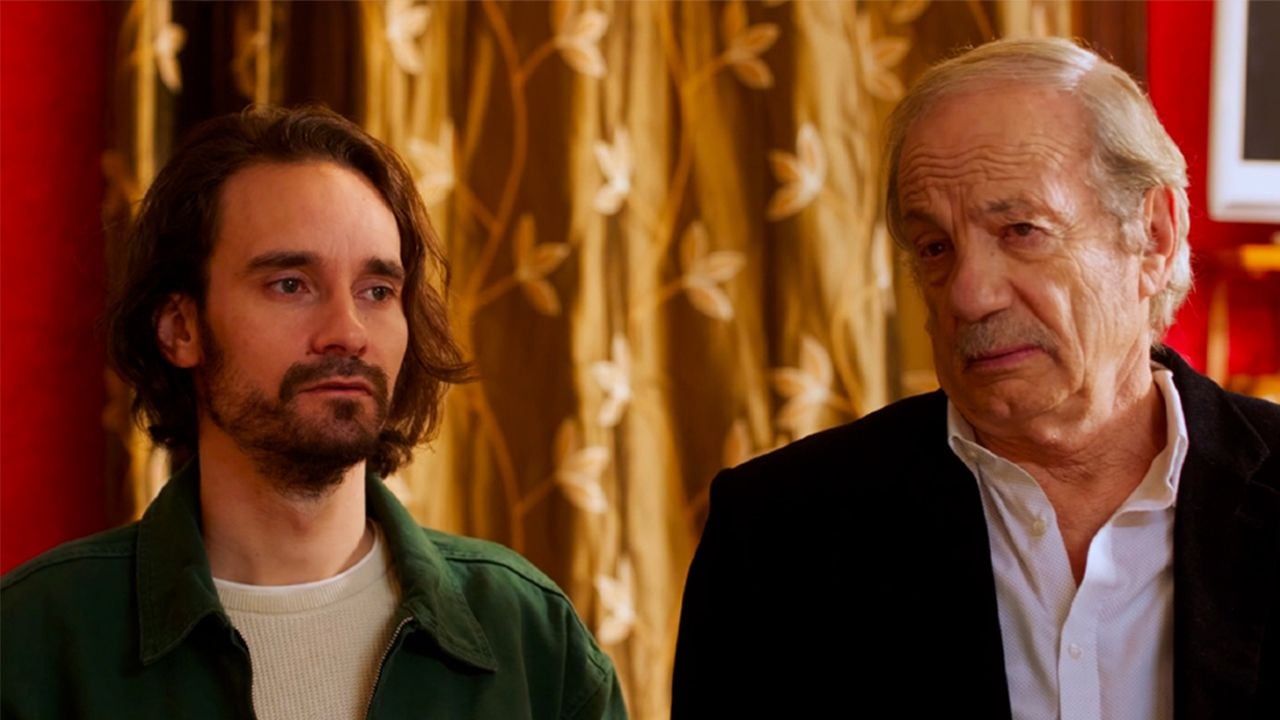The Watchmen universe is one of pop culture’s most acclaimed and complex creations. Originating in the 1986 comics, the work of Alan Moore, Dave Gibbons, and John Higgins revolutionized the superhero genre, bringing a dense and mature narrative. But Watchmen hasn’t been limited to the pages of comics: it has expanded to film, TV, and even additional comics that expand the universe.
With so many media and stories interconnected, keeping track of the story’s timeline can be a challenge. This guide details the chronological order of key events in the Watchmen universe, including the original comics, prequels, and television adaptations.
What is the chronological order of Watchmen?
Organizing the Watchmen universe chronologically requires an understanding of the various media and their interconnected events. Below, we detail the ideal order to follow the universe.
Before Watchmen (2012)
The Before Watchmen series consists of several miniseries published by DC Comics that explore the pasts of the main characters of Watchmen. Published in 2012, decades after the original work, these stories serve as preludes, revealing events that occurred before the central plot.
While not written by Alan Moore, they are considered canon in the Watchmen universe and help contextualize the origins of heroes like the Comedian, Dr. Manhattan, Rorschach, and others.
Each Before Watchmen miniseries focuses on a specific character or group:
These stories serve as a chronological starting point for the Watchmen universe, placing the reader in the context of each character prior to the events that would culminate in the main story.
Watchmen (1986-1987)
The original Watchmen series, published between 1986 and 1987, is the core of the entire universe. The main plot is set in 1985, but makes extensive use of flashbacks to explore the characters’ history in the preceding decades. Here, the central plot revolves around the investigation into the death of the Comedian and the subsequent revelation of a larger plan involving a global conspiracy.
The story follows Rorschach as he investigates the death of the Comedian, which leads to the reunion of former vigilantes like the Owl and the Spectre. At the same time, Doctor Manhattan faces his own existential crises, while Ozymandias enacts a plan to supposedly save humanity from itself. The narrative is complex and explores themes of morality, power, and the impact of vigilantism on society.
For anyone who wants to deeply understand the Watchmen universe, this is essential reading. It’s where everything comes together and unfolds, introducing the characters and events that shape the universe as a whole.
Watchmen: The End is the Night (2009)
Following the events of Before Watchmen and preceding the original series, we have the game Watchmen: The End is Nigh, released in 2009 as a prelude to Zack Snyder’s film. The game is set in the 1970s and explores the adventures of Rorschach and the second Owl while they were still acting as vigilantes. Although considered supplemental material, The End is Nigh offers further insight into the activities of these characters before their forced retirement.
Watchmen (2009) – Movie
Zack Snyder’s 2009 film adaptation of Watchmen is a faithful, if condensed, version of the original graphic novel. Chronologically, the film follows the same events as Alan Moore’s work. However, the ending has been changed from the original, with a different explanation for the story’s climax. Watching the film can be an interesting way to reminisce about the central narrative of Watchmen or even an introduction to the universe for new viewers.

Doomsday Clock (2017-2019)
The Doomsday Clock series marks a major crossover between the Watchmen universe and the main DC Comics universe. Published between 2017 and 2019, this story continues the events of the original Watchmen graphic novel and integrates them into the universe of the Justice League and other DC heroes.
In Doomsday Clock, we see the impact of the actions of Dr. Manhattan and Ozymandias on the DC Comics universe. The narrative explores the collision of these two worlds and how characters like Superman and Batman interact with figures like Rorschach and Dr. Manhattan himself. For longtime Watchmen fans, this is a fascinating expansion of the universe that creates new connections and challenges.
Watchmen (2019) – TV Series
The Watchmen TV series, released by HBO in 2019, serves as a spiritual sequel to the original graphic novel. The story is set in 2019, decades after the events of Watchmen (1986), and explores the consequences of Ozymandias’ plan for the world. At the same time, the series addresses contemporary issues such as racism and social justice.
The series introduces new characters, but also sees the return of classic figures such as Laurie Juspeczyk (now an FBI agent) and Ozymandias. The series is complex and full of references to the original work, functioning as a continuation that respects the source material, but also brings new themes and narratives to the universe.

Rorschach (2020-2021)
Published between 2020 and 2021, the Rorschach comic book series further expands the Watchmen universe. The story takes place decades after the events of the original series and the TV series, exploring the legacy left by Walter Kovacs (the original Rorschach).
This story explores themes of identity and legacy, showing how a character’s ideas and actions can reverberate for generations, well beyond their lifetime.
The chronological order of Watchmen, while easy to understand, is connected in different ways, reflecting the complexity of the universe created by Alan Moore and expanded by several writers and directors over the years. From prologues that reveal the origins of the characters, to more recent expansions like Doomsday Clock and the 2019 TV series, each part of this universe adds layers of depth to the central narrative.
The post Watchmen: What is the chronological order of the universe? appeared first on Olhar Digital.
Source: Olhar Digital
Rose James is a Gossipify movie and series reviewer known for her in-depth analysis and unique perspective on the latest releases. With a background in film studies, she provides engaging and informative reviews, and keeps readers up to date with industry trends and emerging talents.







